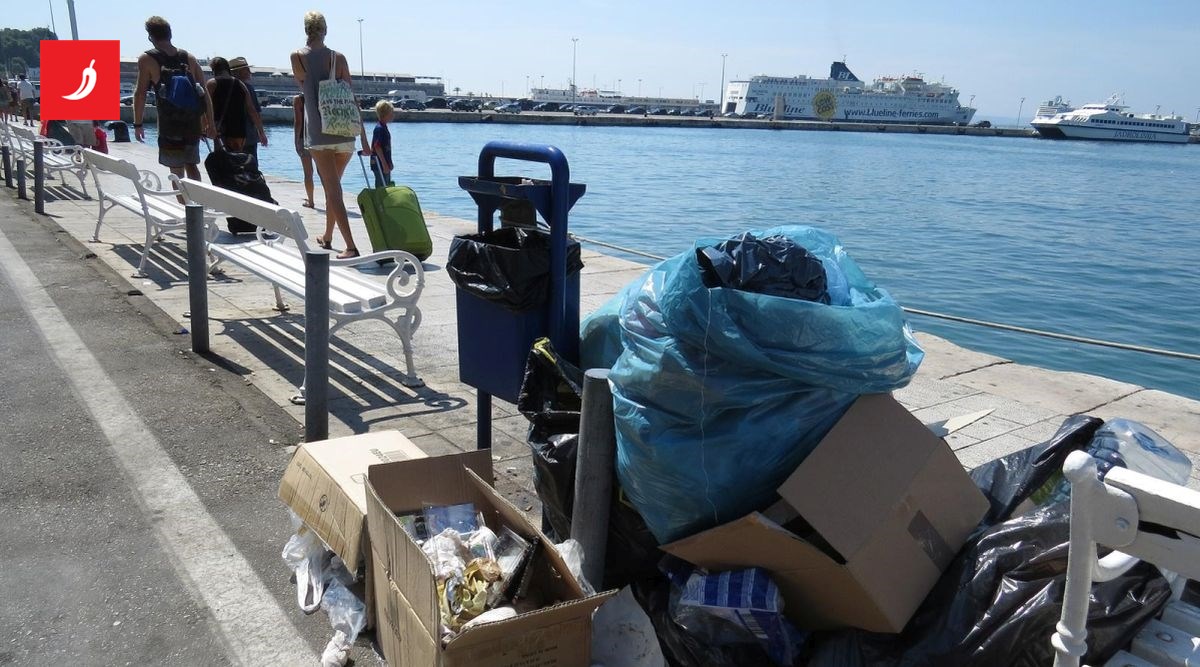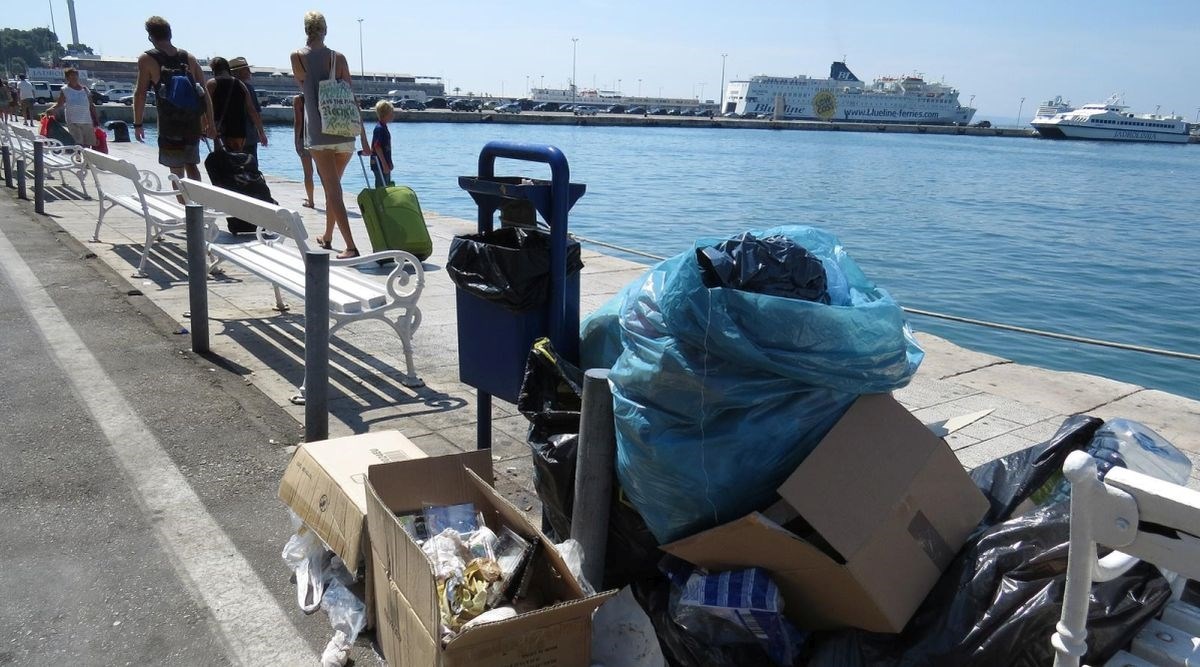Tourism Waste in Croatia: An Ecological Time Bomb Exploding on the Adriatic
Tourism Boom or Trash Boom? Croatia has experienced a massive tourism boom over the last decade. The number of tourists jumped from 14.3 million to a staggering 21.3 million! But while everyone admires the beauty of the Adriatic and soaks up the sun, behind the scenes a real ecological disaster is unfolding. The amount of municipal waste linked to tourism has doubled! Yes, you read that right – twice as much trash!
What is tourism-related municipal waste? It’s not just ordinary garbage. It includes mixed municipal waste, paper, cardboard, glass, plastic, bio-waste, and of course, mountains of single-use packaging from hotels, restaurants, and cafes. Every summer, with the massive influx of tourists, Croatia drowns in trash.
Where is it the worst? The biggest polluters are the most tourist-developed regions. Istria tops the list with 48.1 thousand tons of waste, accounting for a quarter of all tourism waste in the country. Primorje-Gorski Kotar County follows with 37.6 thousand tons, and Split-Dalmatia County with 33.9 thousand tons. Zadar is not far behind with 27.9 thousand tons. Other counties lag far behind with minimal amounts of waste.
What does this mean for us? If we convert the amount of tourism waste into population equivalents, 2012 had the waste equivalent of 98,000 people, while 2022 had waste equal to 200,000 people! Imagine how much trash an extra 100,000 people produce just because of tourism!
Why is this a problem? Besides obvious pollution, the growing waste puts pressure on municipal services, increases cleaning costs, and threatens the nature and sea we all love. Single-use packaging and organic waste from restaurants and hotels further burden the system.
Is anything being done? The National Institute for Environmental Protection and Nature monitors the situation, but the numbers show the problem is only growing. The pandemic briefly reduced waste amounts, but the following year saw a record increase.
What can we expect? If this continues, the Adriatic will become known more for its trash than for its clean sea and beautiful beaches. Tourism is vital for the economy, but at what cost to nature? That’s a question we all need to ask.
Conclusion Croatia faces an ecological crisis caused by tourism growth. Doubling waste in ten years is not something to ignore. Urgent measures for waste reduction, recycling, and sustainable tourism are needed. Until then, enjoying the Adriatic might become a real adventure – dodging the trash!
So, what about you? Have you noticed how much trash tourists leave behind? Or maybe you’re part of the problem? Drop a comment and let’s see who the biggest eco-sinner on the Adriatic is!
Sources:
- National Institute for Environmental Protection and Nature
- Report on Municipal Waste in Croatia
- N1, Index.hr







































